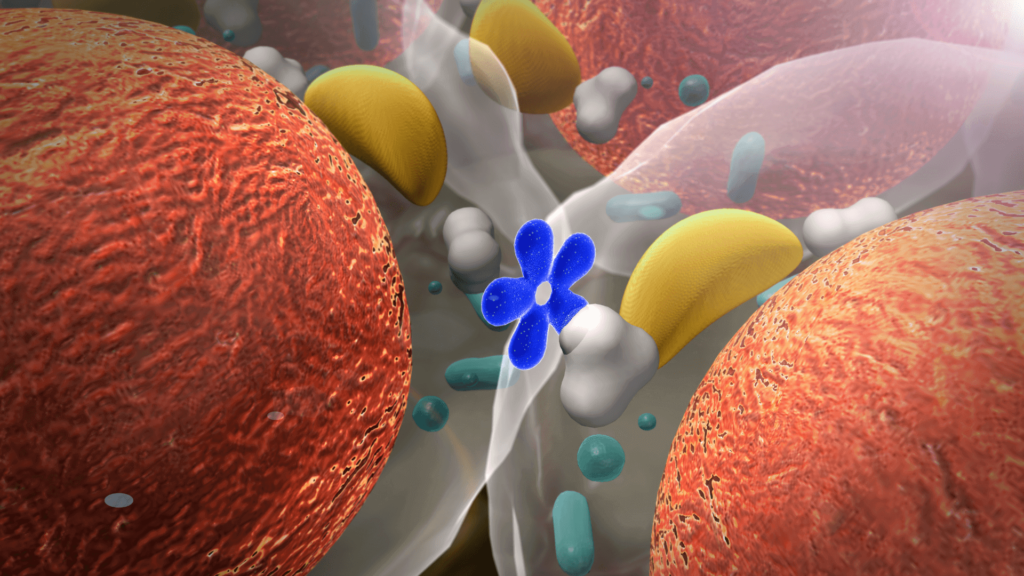
Insulin resistance is a metabolic condition that occurs when cells in the body become less sensitive to insulin, a hormone produced by the pancreas that helps regulate blood sugar levels. This can lead to high blood sugar levels, which can ultimately result in type 2 diabetes if left untreated. In this blog, we’ll dive deeper into insulin resistance, its causes, symptoms, and treatment options.
Causes of Insulin Resistance
Insulin resistance can be caused by a combination of genetic and lifestyle factors, including:
Genetics: Certain genetic factors can predispose individuals to insulin resistance, such as a family history of type 2 diabetes or other metabolic disorders.
Obesity: Being overweight or obese is a major risk factor for insulin resistance, as excess body fat can interfere with insulin signaling and lead to insulin resistance.
Sedentary lifestyle: A lack of physical activity can also increase the risk of insulin resistance by decreasing the body’s sensitivity to insulin, due to lack of lean muscle mass.
Poor diet: A diet high in processed foods, refined carbohydrates, and sugar can lead to insulin resistance by causing chronic inflammation and impairing insulin signaling.
Sleep deprivation Lack of sleep or poor sleep quality can interfere with insulin sensitivity, leading to insulin resistance.
Symptoms of Insulin Resistance
Insulin resistance can develop gradually over time, and in the early stages, there may be no noticeable symptoms. However, as insulin resistance progresses, symptoms may include:
High blood sugar levels: This is a hallmark symptom of insulin resistance and may lead to prediabetes or type 2 diabetes if left untreated.
Fatigue: Insulin resistance can cause fatigue due to the body’s inability to effectively use glucose for energy.
Increased hunger and cravings: Insulin resistance can cause fluctuations in blood sugar levels, leading to increased hunger and cravings for sugary or high-carbohydrate foods.
Difficulty losing weight: Insulin resistance can make it more difficult to lose weight, even with diet and exercise.
Dark patches on the skin: Insulin resistance can cause dark, velvety patches of skin on the neck, armpits, or other areas of the body.
Treatment of Insulin Resistance
The goal of treatment for insulin resistance is to improve insulin sensitivity and prevent the development of type 2 diabetes. Treatment options may include:
Lifestyle modifications: This may include changes to the diet, such as reducing intake of processed foods and refined carbohydrates, increasing fiber, protein and fat intake, and incorporating regular physical activity.
Medications: Certain medications, such as metformin, may be prescribed to help improve insulin sensitivity.
Weight loss Losing weight can help improve insulin sensitivity and reduce the risk of developing type 2 diabetes.
Strength training: to increase lean muscle mass can help increase insulin sensitivity as the muscles are your body’s largest glucose sink and can help dissipiate glucose across the body.
Blood sugar monitoring: Regular monitoring of blood sugar levels can help detect insulin resistance and prevent the development of type 2 diabetes.
In conclusion, insulin resistance is a metabolic condition that can have serious health consequences if left untreated. It is important to be aware of the risk factors and symptoms of insulin resistance and to take steps to improve insulin sensitivity through lifestyle modifications and other treatment options. If you are concerned about insulin resistance or have any symptoms, talk to your healthcare provider for guidance and support.


